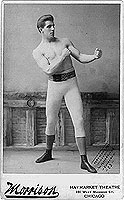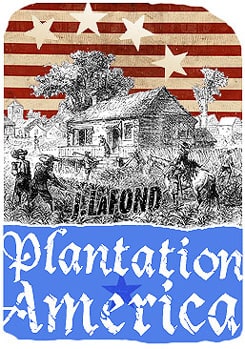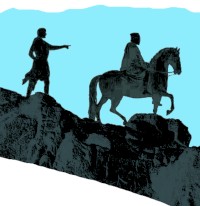“I always fight with anger—I have to hate someone to try and hurt them, and them trying to hurt me is cause for hate. Why do you say not to fight angry?”
-Gina
Anger and fear are fuel for the effective aggressor, but not the operating system. Most people, who attack or retaliate out of anger conduct themselves without intelligence or control and tire very easily, gassing out in a fraction of the time they would if they were not angry. There is also the danger with an angry response to aggression that you come down from that performance high and are then confronted with a second attacker and will be weakened. Fighting with a cool head always increases your control, precision and stamina.
However, some fighters do fight angry. I have fought angry, but have harnessed it into determination. You need to shape your anger to your purpose, harness your hate. The best angry prize-fighter was Marvin Haggler, who was a boxing war machine. He looked determined, not angry, not wide-eyed, but he described himself as fighting angry, based on his resentment of the challengers coming from all parts of the globe looking for him, trying to take what he had earned with sweat and blood.
Fear is also a high motivator for some very dangerous men in and out of the ring. Jack Dempsey and Mike Tyson, perhaps the two most devastating punchers and most aggressive pressure fighters in ring history, fought out of a deep fear of domination. Tyson had been abused as a youth and Dempsey had the experience of having to avoid gang rapes when he was a young hobo. These men managed to tap into this deep well of emotion for fuel and were notoriously dangerous.
The difference between anger-furled and fear-fueled fighters [I go both ways, it’s situational for me] is that the fear-fueled combatant has less control and tends to more overkill. For this reason Dempsey avoided sparring with Hemmingway, who actually stalked him for a sparring session, out of fear that his unchained fear would flash up long enough to place him in infamy as the killer of a great man of letters. Tyson was sometimes horrified by what he had done to men in the ring and would race to help them up. Generally speaking, the angry fighter is more likely to stop short of killing someone than the fearful fighter, as the angry fighter is fighting for dominance rather than survival.
Imagine pure, unchanneled rage.
How wasteful and exhausting.
Imagine pure, undirected fear.
How passive and self-defeating.
When fight time comes, whether it is a beer can crunching in the alley behind you or the bell ringing, what is important is that your anger or fear are harnessed to a functional skill set tested under pressure and that that emotion is not your mode of action but its source.
The fight fuel concept will be concluded with a study of honor.
The Fighting Edge
E-Book
Being a Bad Man in a Worse World
Fighting Smart: Boxing, Agonistics & Survival










As a totally untrained schmuck, I’ve survived over 30 street fights, and I think a big reason why is that I’ve always stayed calm and focused. Only 5 times have I fought out of anger, and 3 of those times resulted in the other party requiring hospitalization. Fighting mad also leads to overkill. Almost every fight I also experienced some level of fear prior to actual engagement, and that fear seems to disappear almost instantly, once the party gets started. It’s something like waking up early in the morning, and you’re so damn tired you just don’t want to get up, but once you do, you’re wide awake.
The Violence Guy is right on the money here. Good article.
In my next to last mugging encounter last year, what freaked me out was I got angry and felt the strong desire to kill.
As you indicate though, Tony, big pissed off men can be very dangerous.
I wonder why saps/flap-jacks ceased to be carried or used by police many decades ago, despite being easy to use with less tendon strength required than batons?
Watch any old black and white movie and both goodies and baddies had them.
Were they too dangerous?
Bob, I interviewed one knucklehead who fought multiple cops on multiple occasions in the 70s and 80s. The cops took him down with saps.
Both of his brothers were beaten to death by groups of cops with saps.
They were palefaces so it never made the news.
Concerning saps- I've got a branch of my family in new mexico. Mostly mestizos with alot of anglo mix. One uncle was a BFM- big fucken mexican (they only come in two sizes apparently). His job would take him to the reservations, where he would often fight indians- which he despised with a white hot hatred. He had a pair of lead lined leather gloves that he used. Claimed they were effective. I remember being fascinated with them when i was a small child.
They're concealable, deadly and required no special training and are harder for the victim to seize and use against the wielder. A retrograde move in the arms race seems strange, absent political considerations. Maybe they were wielded with too much zeal against members of the victim class.
By "sap", I meant the black-jack style cudgel, not the gloves.
youtube.com/watch?v=YCLZuy8R5Q0
In The Logic of Force I go over uses and show how the ghetto version, the "whipstick" is made.
Thanks, I enjoyed that book. I think the black-jacks are more rigid, with a hard spring in the grip. There are so many different words for these miniture clubs.